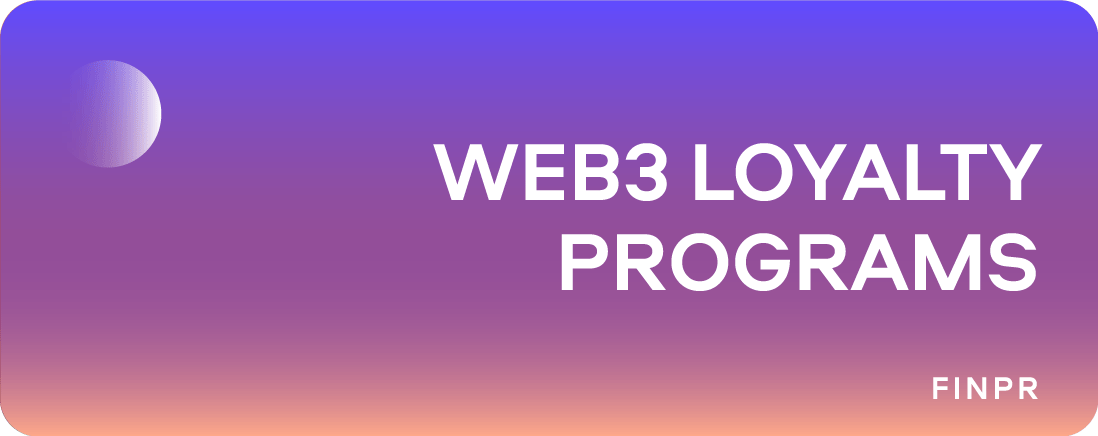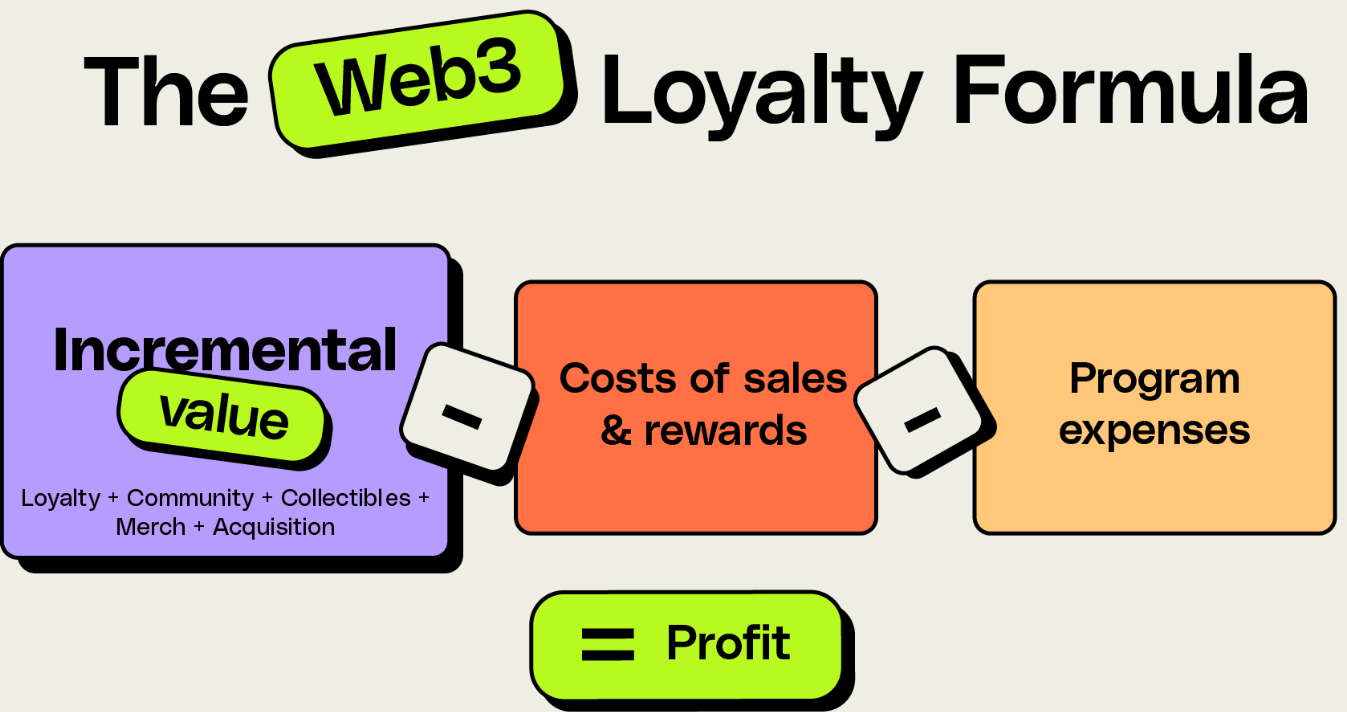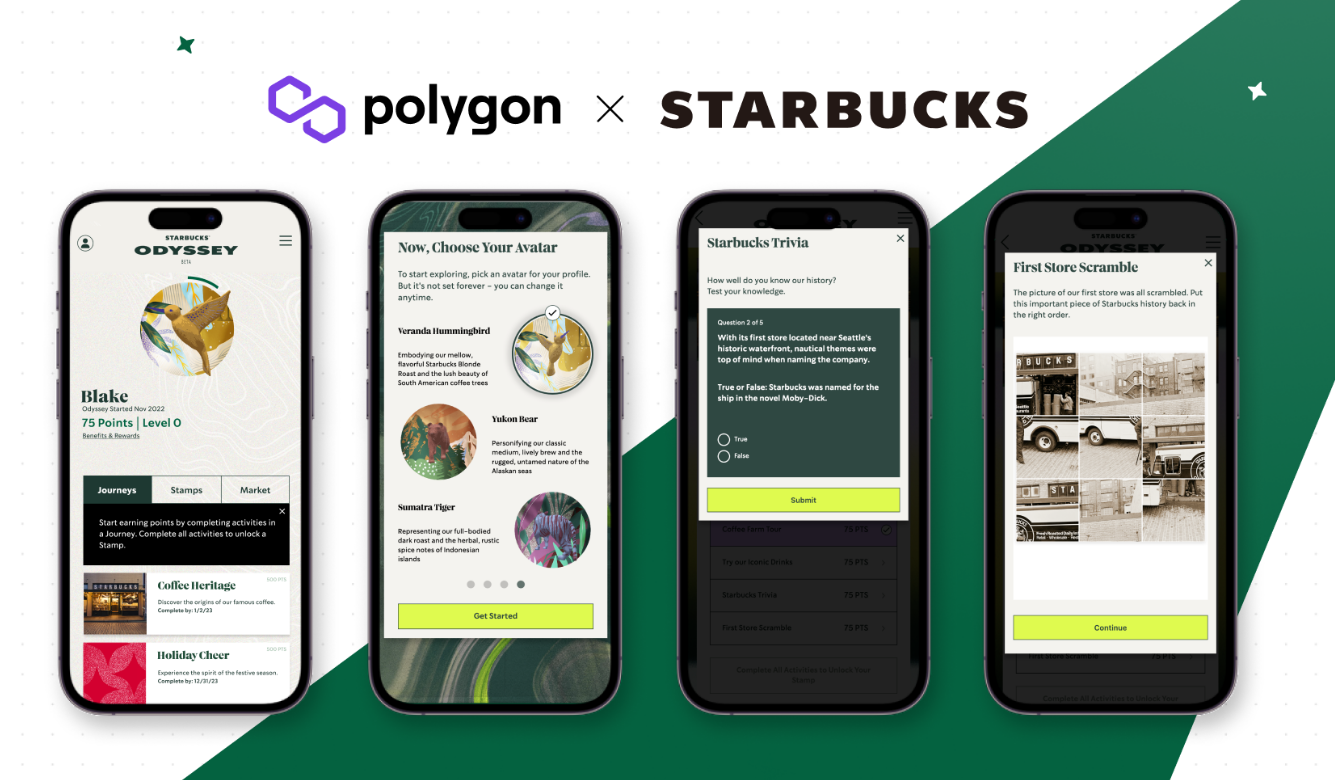
Web3 represents the next generation of the internet, characterized by decentralization, enhanced user control, and the integration of blockchain technology. Unlike its predecessors, Web1 and Web2, which focused on static information and user-generated content, respectively, Web3 aims to create a more transparent and user-centric web experience.
By leveraging the power of blockchain, Web3 enables peer-to-peer interactions without the need for intermediaries, fostering a trustless and permissionless environment where users have greater control over their data and digital assets.
The integration of Web3 technology into loyalty programs marks a significant milestone in the evolution of customer engagement strategies. By harnessing the power of blockchain, businesses can create loyalty programs that are more transparent, secure, and appealing to modern consumers.
Importance of Loyalty Programs in Modern Business
Loyalty programs have long been a cornerstone of customer retention strategies in various industries. These programs reward repeat customers, encouraging them to continue their patronage by offering incentives such as discounts, points, or exclusive benefits. Traditional loyalty programs have proven effective in building brand loyalty and driving sales, but they are not without their limitations. Centralized control, data privacy concerns, and a lack of flexibility are some of the key challenges these programs face.
In the era of digital transformation, businesses are seeking more innovative ways to engage and retain customers. This is where Web3 comes into play, offering a revolutionary approach to loyalty programs. By incorporating the principles of decentralization, enhanced security, and interoperability, Web3 loyalty programs promise to address the shortcomings of traditional systems and provide a more rewarding experience for both businesses and their customers.
How does Web3 improve loyalty programs? Web3 technology offers several distinct advantages that can transform traditional loyalty programs into more dynamic and effective systems. One of the most significant benefits is decentralization, which eliminates the need for a central authority and reduces the risk of data breaches and fraud. Blockchain's immutable ledger ensures that all transactions are transparent and tamper-proof, enhancing trust between businesses and their customers.
Furthermore, Web3 loyalty programs leverage smart contracts, which are self-executing contracts with the terms of the agreement directly written into code. These contracts automate the issuance and redemption of loyalty rewards, ensuring that they are fair and reliable. Customers can earn and use tokens across different platforms seamlessly, thanks to the interoperability of blockchain technology.
The integration of cryptocurrencies and tokens also plays a crucial role in Web3 loyalty programs. These digital assets can be used as rewards, providing customers with tangible value that can be exchanged or used within a broader ecosystem. The flexibility and potential for appreciation in value make tokens a more attractive incentive compared to traditional points or discounts.
Components of Web3 Loyalty Programs

Blockchain and Smart Contracts
How Blockchain Ensures Transparency
Blockchain is a decentralized ledger that records all transactions across a network of computers. Each transaction is time-stamped and immutable, meaning it cannot be altered or deleted once added to the blockchain. This transparency is crucial for loyalty programs as it allows all stakeholders, including businesses and customers, to verify transactions independently. This level of visibility builds trust, as customers can be assured that the rewards they earn and redeem are accurately recorded and cannot be tampered with.
The Role of Smart Contracts in Automating Loyalty Processes
Smart contracts are self-executing contracts with the terms of the agreement directly written into code. They run on the blockchain, ensuring that the contract's conditions are met before executing any actions. In the context of Web3 loyalty programs, smart contracts automate the issuance and redemption of rewards.
For example, a smart contract can automatically credit loyalty points to a customer's account after a purchase, and these points can be redeemed for rewards without any manual intervention. This automation reduces the risk of human error, increases efficiency, and ensures that rewards are distributed fairly and transparently.
Cryptocurrencies and Tokens
Using Tokens for Rewards
Tokens, which can be either fungible or non-fungible, serve as the primary medium for rewards. Fungible tokens, similar to traditional loyalty points, have a consistent value and can be exchanged or redeemed for various rewards. Non-fungible tokens (NFTs), on the other hand, are unique and can represent special or limited-edition rewards, such as exclusive access to events or unique digital collectibles. The use of tokens provides flexibility and enhances the perceived value of the loyalty program, as tokens can be easily transferred, traded, or even used in other decentralized applications (DApps).
The Concept of Fungible and Non-Fungible Tokens (NFTs)
Fungible tokens are identical in value and can be exchanged on a one-to-one basis, much like traditional currency. They are ideal for standard rewards and transactions. NFTs, however, are unique and cannot be exchanged on a one-to-one basis. Each NFT has distinct characteristics and value, making them suitable for special rewards that emphasize exclusivity and uniqueness. NFTs can represent anything from digital art to event tickets, offering a novel way to engage and reward customers.
Decentralized Applications (DApps)
Benefits of DApps in Loyalty Programs
Decentralized applications, or DApps, are applications that run on a decentralized network rather than a centralized server. In Web3 loyalty programs, DApps offer several advantages. They are inherently transparent, as their code is open-source and their operations are recorded on the blockchain. This transparency fosters trust among users. DApps are also resistant to censorship and downtime, ensuring that loyalty programs remain accessible and reliable. Additionally, DApps can interact with various blockchain networks, enhancing the interoperability and flexibility of loyalty programs.
Examples of Loyalty-Focused DApps
There are numerous examples of DApps designed specifically for loyalty programs. For instance, platforms like BitRewards and Loyyal leverage blockchain technology to offer innovative loyalty solutions. BitRewards integrates with e-commerce stores to provide cryptocurrency rewards to customers, while Loyyal uses blockchain to create interoperable loyalty networks where points can be earned and redeemed across different businesses. These DApps illustrate how blockchain can enhance traditional loyalty programs by offering greater transparency, security, and flexibility.
Implementing Web3 Loyalty Programs
Steps to Transition from Traditional to Web3 Loyalty Programs
Assessing the Current Loyalty Framework
This involves understanding the current system's strengths and weaknesses, identifying customer pain points, and evaluating the effectiveness of current loyalty strategies. Businesses should conduct surveys, gather feedback, and analyze loyalty program data to gain insights into customer preferences and behaviors. This assessment will help in identifying the areas that need improvement and how Web3 technologies can address these challenges.
Planning and Strategizing the Transition
This involves setting clear objectives, defining key performance indicators (KPIs), and outlining the steps required to achieve the transition. Businesses should develop a comprehensive roadmap that includes timelines, resources, and milestones. It's essential to involve key stakeholders, including IT, marketing, and customer service teams, to ensure a smooth transition. Additionally, businesses should consider potential challenges and risks, such as regulatory compliance and technical hurdles, and plan accordingly.
Choosing the Right Blockchain Platform
Factors to consider when choosing a blockchain platform include scalability, security, transaction speed, and interoperability. Popular blockchain platforms like Ethereum, Polkadot, and Solana offer robust solutions for loyalty programs, each with its unique features and benefits. Businesses should evaluate these platforms based on their specific needs and requirements, considering aspects like ease of integration, cost, and community support. Collaborating with blockchain experts or consultants can also provide valuable insights and guidance in making the right choice.
Developing Smart Contracts for Loyalty Programs
Key Components of Smart Contracts
Smart contracts are the backbone of Web3 loyalty programs, automating the issuance and redemption of rewards. Developing effective smart contracts requires careful consideration of several key components. These include:
- Conditions and Rules: Defining the conditions under which rewards are issued or redeemed. This can include purchase thresholds, specific actions (like referrals or reviews), and time-based criteria.
- Data Inputs: Identifying the data inputs required to trigger smart contract actions. This could be transaction data, customer actions, or external data sources like APIs.
- Security Measures: Implementing robust security measures to protect against vulnerabilities and ensure the integrity of the smart contract. This includes code audits, encryption, and secure coding practices.
- User Interface: Designing a user-friendly interface that allows customers to interact with the smart contract seamlessly. This can include mobile apps, web portals, or integrations with existing systems.
Best Practices for Developing Secure Smart Contracts
Ensuring the security of smart contracts is paramount to the success of Web3 loyalty programs. Some best practices for developing secure smart contracts include:
- Code Audits: Conducting thorough code audits by third-party security firms to identify and fix vulnerabilities.
- Testing: Implementing comprehensive testing procedures, including unit tests, integration tests, and stress tests, to ensure the smart contract performs as expected under various scenarios.
- Modular Design: Using a modular design approach to break down complex smart contracts into smaller, manageable components. This makes the code easier to audit and maintain.
- Regular Updates: Keeping the smart contract code up-to-date with the latest security patches and improvements to address any emerging threats.
Creating and Distributing Tokens
Designing a Tokenomics Model
The design of a tokenomics model is critical for the success of a Web3 loyalty program. Tokenomics involves the economic aspects of how tokens are created, distributed, and used within the loyalty program. Key considerations in designing a tokenomics model include:
- Token Supply: Determining the total supply of tokens and how they will be distributed among customers, partners, and stakeholders.
- Incentives: Creating incentives that encourage customer participation and engagement. This can include earning tokens through purchases, referrals, social media interactions, and other actions.
- Utility: Defining the utility of the tokens, such as redeeming them for rewards, discounts, or exclusive experiences. The more versatile the token's use, the more valuable it becomes to customers.
- Burn Mechanisms: Implementing burn mechanisms where tokens are destroyed after use, reducing the total supply and potentially increasing the token's value over time.
Methods of Distributing Tokens to Customers
There are several methods businesses can use to distribute tokens to customers effectively:
- Purchases: Rewarding customers with tokens for making purchases, with higher-value purchases earning more tokens.
- Engagement: Distributing tokens for various engagement activities, such as writing reviews, participating in surveys, or sharing content on social media.
- Referrals: Encouraging customer referrals by offering tokens to both the referrer and the referred customer upon successful referrals.
- Partnerships: Collaborating with other businesses and platforms to create cross-promotional opportunities where customers can earn and use tokens.
Case Studies and Real-World Examples
Successful Web3 Loyalty Programs
Starbucks' Odyssey Program

Starbucks, a global coffeehouse chain, launched its Web3-based loyalty program called Starbucks Odyssey. This innovative program integrates blockchain technology to offer customers unique rewards and experiences.
Users earn digital stamps (NFTs) for completing activities such as quizzes, in-store purchases, and engaging with Starbucks' content. These stamps can be collected and traded, unlocking exclusive experiences like virtual coffee brewing classes and trips to Starbucks' coffee farms. The program has successfully enhanced customer engagement by combining traditional loyalty benefits with the novelty of digital collectibles.
Amex Offers
American Express (Amex) has also ventured into the Web3 space with its Amex Offers program, leveraging blockchain to provide a more seamless and secure loyalty experience. Through partnerships with various retailers, Amex cardholders can earn cryptocurrency rewards for their purchases.
The blockchain technology ensures that transactions are transparent and secure, fostering trust among users. This integration has helped Amex to attract tech-savvy customers and maintain its competitive edge in the financial services industry.
Lolli
Lolli, a browser extension and mobile app, rewards users with Bitcoin for shopping at partner stores. The program uses blockchain technology to track purchases and distribute rewards. Lolli has partnered with major retailers such as Nike, Sephora, and Macy's, allowing customers to earn Bitcoin on their everyday purchases.
This innovative approach to loyalty programs has attracted a younger, tech-savvy audience interested in cryptocurrency, demonstrating the potential of Web3 to transform traditional loyalty schemes.
Summing Up
The future of customer loyalty is undoubtedly decentralized. As more businesses and consumers become aware of the benefits of Web3 technology, the adoption of decentralized loyalty programs is expected to grow. This shift will lead to a more equitable and transparent ecosystem where businesses and customers can interact in new and exciting ways.




